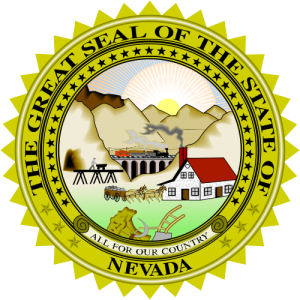 Nevada Population 2013
Nevada Population 2013
The United States Census Bureau estimates that the population of Nevada in 2013 was 2,758,931, which is ranked the 35th largest population in the United States. This estimate shows a 2.2% increase since the last census in 2010, also conducted by the United States Census Bureau. The population density of the state is 24.8 people per square mile, ranked 42nd largest density in the United States.
Nevada Population Expectancy
By the year 2020, the state of Nevada is projected to reach a state population of 3.07 million people, which is an approximate 11% increase from the current population. By the year 2030, the population is expected to reach approximately 3.36 million people, which is an approximate 22% increase from the current population.
Nevada Land Mass
The state of Nevada is approximately 490 miles long and 320 miles wide with a square area of 110,567 square miles, making it the 7th largest state in the Untied States. Of the 110,567 square miles, only 761 square miles are covered by water. The highest point in the state of Nevada is Boundary Peak, which reaches 13,140 feet above sea level. The lowest point in the state is at the Colorado River at the southern end of the state, which reaches 479 feet above sea level. The geographic center of Nevada is in Lander County, 26 miles southeast of Austin. Nevada is bordered by five states in total: Idaho, Arizona, California, Utah, and Oregon.
Nevada Demographics
Of the approximate 2.76 million people in the state of Nevada, about 50.4% of the population is male, while 49.6% is female. Also, approximately 77% of the population identifies as white (including Hispanic or Latino). But, out of that 77%, about 27% do identify as Hispanic or Latino and the other 50% as Caucasian. Those that identify as Black or African American make up only 9% of the entire population of the state of Nevada. The rest of the population is made up of those that identify as Asian, American Indian, Alaskan Native, Native Hawaiian, other Pacific Islanders, or those that identify as two or more races. The Asian population of the state is almost as high as the African American population with 8% Asian compared to the 9% African American. These other races account for approximately 14% of the entire population of the state of Nevada.
Nevada Religion
The population of Nevada identifies as religious well below the national average. About 34% of the state population identifies as religious, compared to the national average of 49%. Out of the 34%, about 17% identify as members of the Catholic Church, making it the largest denomination in the state of Nevada. The next largest denomination in the state is the Church of Latter Day Saints, otherwise known as Mormonism. About 7% out of the 34% identifies as Mormon. All other Christian denominations, Judaism, Islam, and Eastern religions make up about 10% out of the total 34%.
Nevada Economy
The state had the worst unemployment rate in the country in 2011 at 13.4%. The economy of the state is heavily dependent on mining. Gold is the most heavily mined and the most important mineral in the state of Nevada. Silver is another important mineral, but not nearly as important as gold. Another large part of the economy of the state is places like Las Vegas and Reno, which are huge tourist sites and huge sources of revenue. Along with this, Nevada has the most hotel rooms per capita in the entire country. While California, Texas, New York, and Florida have more total number of rooms, the per capita number of rooms is highest in the state of Nevada. There are approximately 187,300 rooms per 585 hotels that have 15 or more rooms. So, Nevada has one hotel room for every 14 residents in the state, compared to the national average of about one room per 67 residents.
Travel Nevada
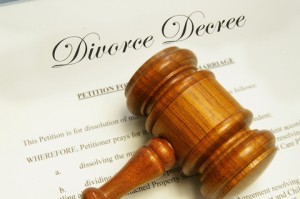 Divorce in Nevada
Divorce in Nevada
Nevada is the state that has the highest divorce rate among all of the states. According to the National Center for Health Statistics, there are about 6.7 divorces per 1,000 residents in the states. About 12.3% of the entire male population is divorced, and about 14.6% of the entire female population is divorced. Infidelity, along with alcohol, gambling, or drug abuse, are the most common reasons that people attain a divorce at such a high rate in the state of Nevada.
Other Resources
Click here to learn more about Nevada Population Statistics.



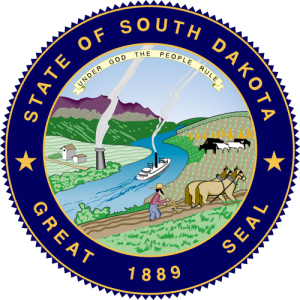 South Dakota Population 2013
South Dakota Population 2013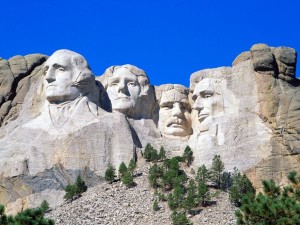 South Dakota Mount Rushmore
South Dakota Mount Rushmore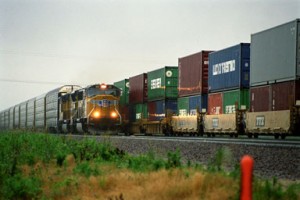 Kansas Economy
Kansas Economy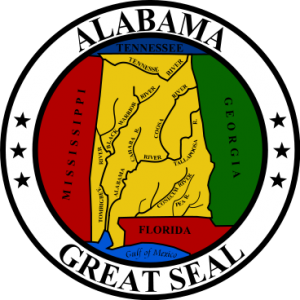 Alabama Population 2013
Alabama Population 2013 Alabama Sports
Alabama Sports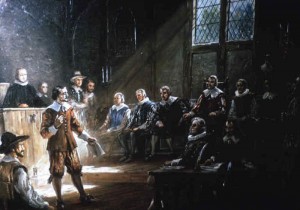 Virginia Religion
Virginia Religion